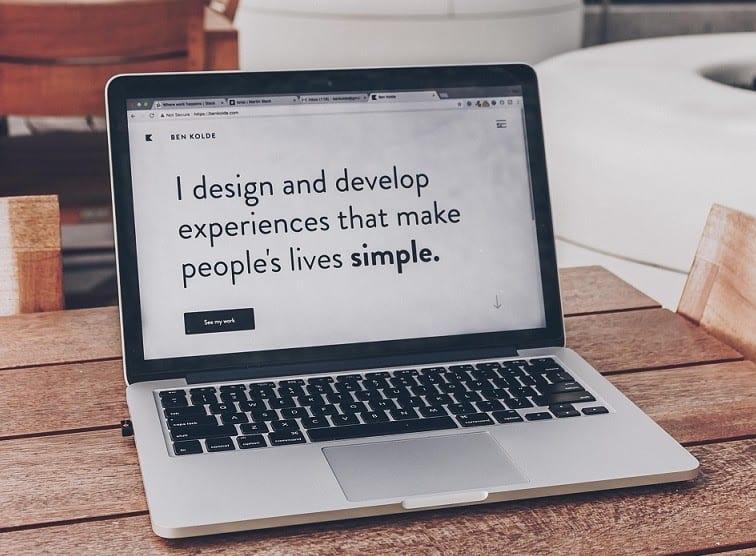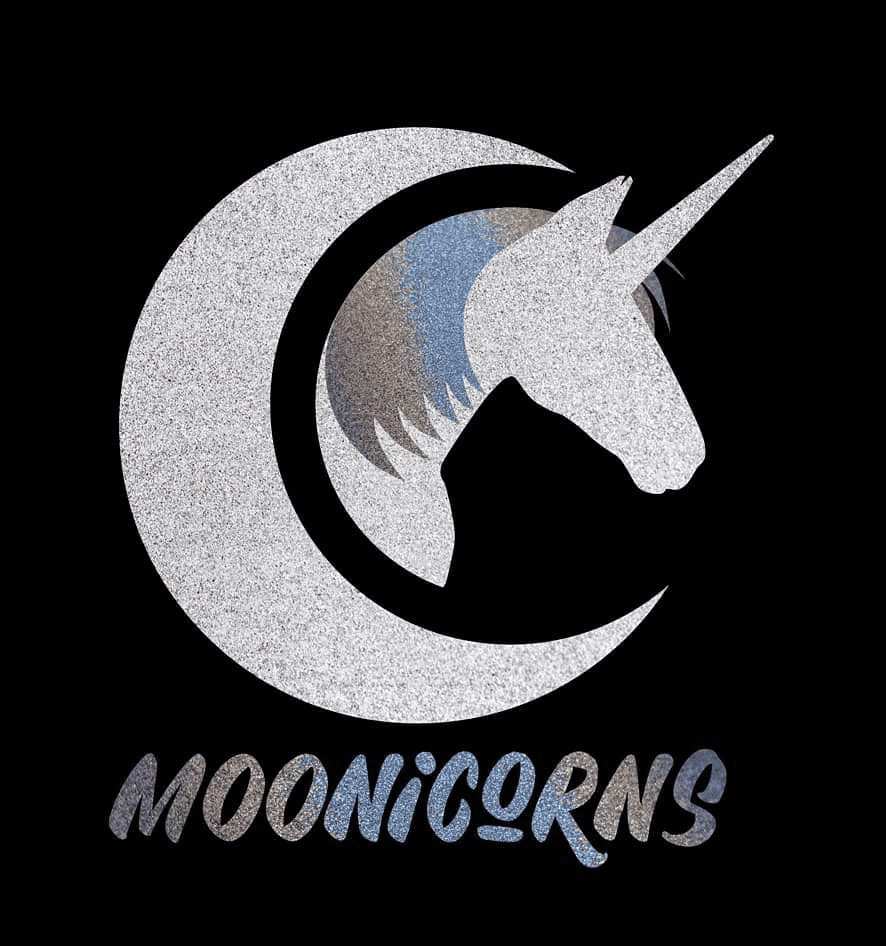Pitch deck design is difficult as investor pitches last a matter of minutes, you only have a small space of time to grab the attention of your investor and keep it. It’s a bit like speed dating. Plus your investor sees tons of pitches every week. So, how do you make yours stand out? A great pitch deck design can help you do this.
It’s natural to look to other startups who have successfully raised money and think “How did they do that?”. Well, part of their success is usually down to how good their pitch deck is. Investment rests on how well you can communicate your idea. A good pitch deck will help you do this in a clear and simple way. Get it right and it can help secure your future. Get it wrong and the investor will forget you the minute you walk out the door.
All pitch decks usually contain similar data: problem, solution, competition, figures, the team etc… So, if they all have similar content, what makes one better than another? That lies in the way the information is presented. Enter: the Design.
Good design will make your pitch deck sink or swim. Daniel Eckler, founder of Mylo puts it nicely:
Compare it to wearing a tie and pressed button up to a job interview: it won’t get you the job, but it will prevent you from having to dig yourself out of the hole a wrinkled tee and cargo shorts would have created
We’ll take a look at some famous startups and examine how their pitch deck design helped them to win investment, which you can use as a reference to create the best pitch deck possible.
AirBnB Pitch Deck:


AirBnB used this pitch deck to secure funding for their series B round in 2011. According to CBInsights, Airbnb’s current private market valuation is now $25.5 billion. At the time there were a bunch of companies doing similar things to AirBnB, so what made them stand out from the crowd?
We’re willing to bet their pitch deck gave them a big helping hand.
Firstly, it’s extremely focused. 10 slides long, and each slide only contains a bite-sized portion of information. On the very first slide they outline the company mission in just 7 words. Boom! As Sven Lenaerts points out:
“The easiest advice to apply is to simply use as little text as possible.”
Keeping your slides focused makes it super easy for investors to scan the page and digest the information in seconds. Remember, the investor is usually listening to you and reading your deck at the same time. It’s extremely difficult to take in information from two sources simultaneously, so make it easy for them.


Each slide uses different graphics to order information and create interest. AirBnB have used colour to highlight important points and plenty of negative space to make sure they stand out. Even though each slide is different, they’re all visually consistent, which is important.
Investors see hundreds of pitch decks so including colour, graphics and icons can make yours memorable. But, AirBnB have steered clear of using fussy illustrations or overly complicated graphs. Remember: use graphics, but keep them simple.


What’s really great about the graphics in AirBnB’s pitch deck is that they all match the same style. Sure, you can download some free icons or clipart for your pitch deck. But they won’t match your branding and won’t give you that professional edge. Trust us, cheap stands out a mile.
A touch of colour can go a long way. Inject personality to your pitch deck like AirBnB have by using consistent branding. By including their company logo, colours and fonts they present themselves as a professional organisation, building trust and giving confidence to the investor.
MixPanel Pitch Deck:
Mixpanel raised $65M with this series B pitch deck. It’s easy to see why their pitch deck design helped secure their funding round.
Just like AirBnB, Mixpanel’s slides are incredibly focused. Each slide houses one nugget of information, and again there’s only 10 of them. It shows just how important it is to keep refining your message until it’s absolutely crystal clear.


Since their slides are so sparse, it would be easy for them to look boring or empty. Imagine the same slides without the rich blue background. The design is so simple it lets the content do the talking. It helps them deliver a really punchy introduction that covers problems, solutions and their mission.
But whilst it’s not all in your face, it’s doing some important work. Each slide is consistent, which shows professionalism. Clever use of typography helps get important points across.
There’s no graphics or illustration, but there’s a bold use of colour. By including the blue background they make their slide deck stand out from all the other ‘black text on white backgrounds’ the investor’s seen that week. It’s certainly memorable without being flashy.
The only graphical elements included are the Mixpanel logo and some simple graphs. The graphs tie in well with the rest of the pitch deck design – they’re stylish and understated, letting the figures do the talking.


A key takeaway from this pitch deck is plenty of negative space will make your message stand out.
Dwolla Pitch Deck:
Dwolla used this pitch deck to secure $16.5 million in funding. Dwolla’s pitch deck is much longer than both AirBnB’s and Mixpanel’s. However, their deck design helps them to clearly tell the story of their product.
Stories are a great way of embedding your product or service in the investor’s mind. You instantly humanise the technology you’re selling and place it firmly in the real world.
You may think 18 slides is a little long, but Dwolla manage to pull it off. Not every slide is packed with information, and every slide has a clear purpose. They use the design of their slides to lead into one point from another, creating natural flow and pauses in the presentation. It’s a little more interesting than just clicking next, next, next… Plus, it helps you include a dramatic reveal!




As with the other decks we’ve seen, Dwolla nail their brand home through use of consistent colours and fonts.
With 18 slides, the deck could easily become boring and stale. They’ve managed to avoid this by using a mix of icons, graphics, flow charts and text to add interest and variety: there’s nothing dull about this presentation.
The icons they use are simple, meaning they don’t distract from the information that’s being presented, but are still enough to add character.


Foursquare Pitch Deck:
Here’s Foursquare’s first ever pitch deck, used back in 2009. The graphics look a bit dated by today’s standard, but it’s a shining example of great design helping to secure a startup’s future.
It’s 15 slides long, but it doesn’t feel it because each slide is so direct. As we’ve seen with previous decks, each slide contains only a morsel of information. The pros over at Y Combinator hammer this point home:
“Your slides should NOT be illegible, complicated, or subtle. Slides should be legible, simple, and obvious.”
One thing we like about the design of this pitch deck is that it’s not too formal. They bring home this informal vibe by including a trivia section as their last slide. That’s certainly something memorable for investors.


The deck design is mainly led by graphics. Written information is pared down, but remember you’ll be there to talk through the points with your investor.
The killer angle Foursquare went for was to use real images of their product. What better way to show off what you can do and what you’ve achieved so far? Just make sure they show off your product at it’s best, and the features you’re addressing can clearly be seen.


Again, their branding is strong and consistent the whole way through. Subtle use of colours, fonts, typography and branded graphics strengthen the brand image.
Read more on how to make your pitch deck design stand out, or to browse our amazing Pitch Decks and for everything else you will need for an amazing pitch deck click here
This article is part of our startup investment series. You can read about the types of investors, where to find them, how to pitch, and an introduction to investment legals. Read more.











